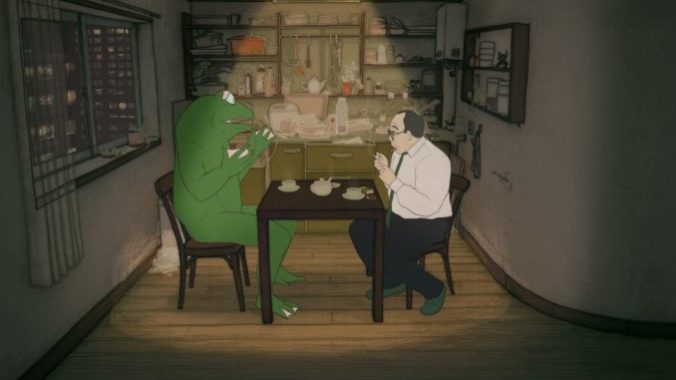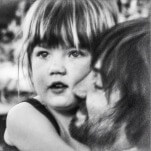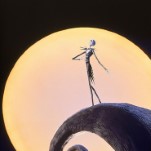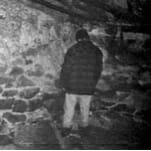Haruki Murakami’s Magical Realism Is Faithfully Conveyed in Blind Willow, Sleeping Woman

There are already several wonderfully meditative, carefully realized adaptations of Haruki Murakami short stories – namely Korean director Lee Chang-dong’s Burning and Ryusuke Hamaguchi’s 2021 Oscar-winning Drive My Car – yet many of the Japanese literary icon’s most famous works have long been deemed unfit for cinematic translation. This likely has to do with Murakami’s penchant for employing elements of magical realism. The vivid, often fantastical scenes he creates through prose could easily come off as awkward, incongruous or simply unsatisfying on the screen, even within the seemingly limitless capabilities of modern VFX technology. By adapting several Murakami short stories with particularly surreal elements via animation in Blind Willow, Sleeping Woman, writer, director, animator and composer Pierre Földes is able to evocatively distill the mystical streak that permeates loosely connected plotlines, unfolding in the wake of the Tōhoku earthquake and tsunami that hit Tokyo in 2011.
Translucent specters seem to haunt the city after the tragedy – still commuting on the subway, showing up to work and running their daily errands – yet their presence isn’t discernible to those who survived. Kyoko (Shoshana Wilder) has essentially transformed into a living zombie, spending all of her time watching television coverage of the ecological disaster, noting that the death toll has now risen past 10,000. One day, she finally rises from the couch and abruptly leaves her husband Komura (Ryan Bommarito), an employee at a local bank. Her unexpected departure causes Komura to become listless, resulting in a week-long leave from work that sends him on a bizarre journey to the snowy island of Hokkaido to deliver a secretive package to a coworker’s sister. While Komura steps away from the office, his colleague from the accounting department, Katagiri (Marcelo Arroyo), becomes entangled in a quest with a giant talking frog (voiced by Földes himself) to save the city from a giant earthworm that threatens to set off another catastrophic earthquake. These three principal characters have their own personal storylines, never actually interacting with each other for any significant amount of time, yet their respective journeys are all inextricably intertwined.
The film incorporates six of Murakami’s short stories from three separate collections: The Elephant Vanishes, After the Quake and Blind Willow, Sleeping Woman. Even casual Murakami readers will recognize that The Wind-Up Bird Chronicle, the (slightly altered) first chapter of which was originally published as The Elephant Vanishes, is a major component of this film. It’s not the sole focus, but it lushly conjures many specific details, from Komura’s missing kitty-turned-vanished wife to the inquisitive teenage neighbor who allows him to camp out in her backyard. Though the film only delves into the first chapter of the novel as it appears in Elephant, it’s difficult to imagine another film tackling The Wind-Up Bird Chronicle and succeeding in capturing the hazily idyllic yet overwhelming foreboding atmosphere that Blind Willow does so effectively.
-

-

-

-

-

-

-

-

-

-

-

-

-

-

-

-

-

-

-

-

-

-

-

-

-

-

-

-

-

-

-

-

-

-

-

-

-

-

-

-








































